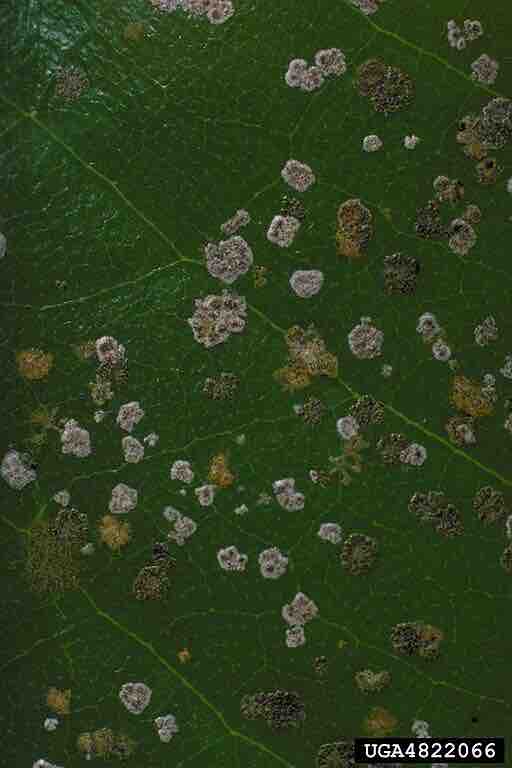Algae, are not normally considered common pathogens. Algal blooms are often associated with negative impacts on humans and the surrounding environment in which they occur. A harmful algal bloom (HAB) is an algal bloom that causes negative impacts to other organisms via production of natural toxins, mechanical damage to other organisms, or by other means. HABs are often associated with large-scale marine mortality events and have been associated with various types of shellfish poisonings. However, the damage to other organisms is not due to the algae infecting a host but rather indirectly excreting a toxin, or in some cases blocking out light or competing for resources.
However notable examples of algae acting as pathogens are known. For example Cephaleuros which is a genus of parasitic thalloid alga comprising approximately 14 species. Its common name is red rust. Chrooderma is its basionym. Specimens can reach around 10 mm in size. Dichotomous branches are formed. The alga is parasitic on some important economic plants of the tropics and subtropics such as tea, coffee, mango and guava causing damage limited to the area of algal growth on leaves (algal leaf spot), or killing new shoots, or disfiguring fruit. Members of the genera may also grow with a fungus to form a lichen that does not damage the plants .

Cephaleuros virescens
Infestation of the algal leaf spot (Cephaleuros virescens) on ther southern magnolia (Magnolia grandiflora); Green-orange algal spots or "green scruf" on leaf surface. The grayish-white and darker "crusts" are lichens of the genus Strigula resulting from fungal colonization of the alga.
Examples of algae acting as a mammalian pathogen are known as well, notably the disease Protothecosis. Protothecosis is a disease found in dogs, cats, cattle, and humans caused by a type of green alga known as Prototheca that lacks chlorophyll. It and its close relative Helicosporidium are unusual in that they are actually green algae that have become parasites.The two most common species are Prototheca wickerhamii and Prototheca zopfii. Both are known to cause disease in dogs, while most human cases are caused by P. wickerhami. Prototheca is found worldwide in sewage and soil. Infection is rare despite high exposure, and can be related to a defective immune system. In dogs, females and Collies are most commonly affected. The first human case was identified in 1964 in Sierra Leone.